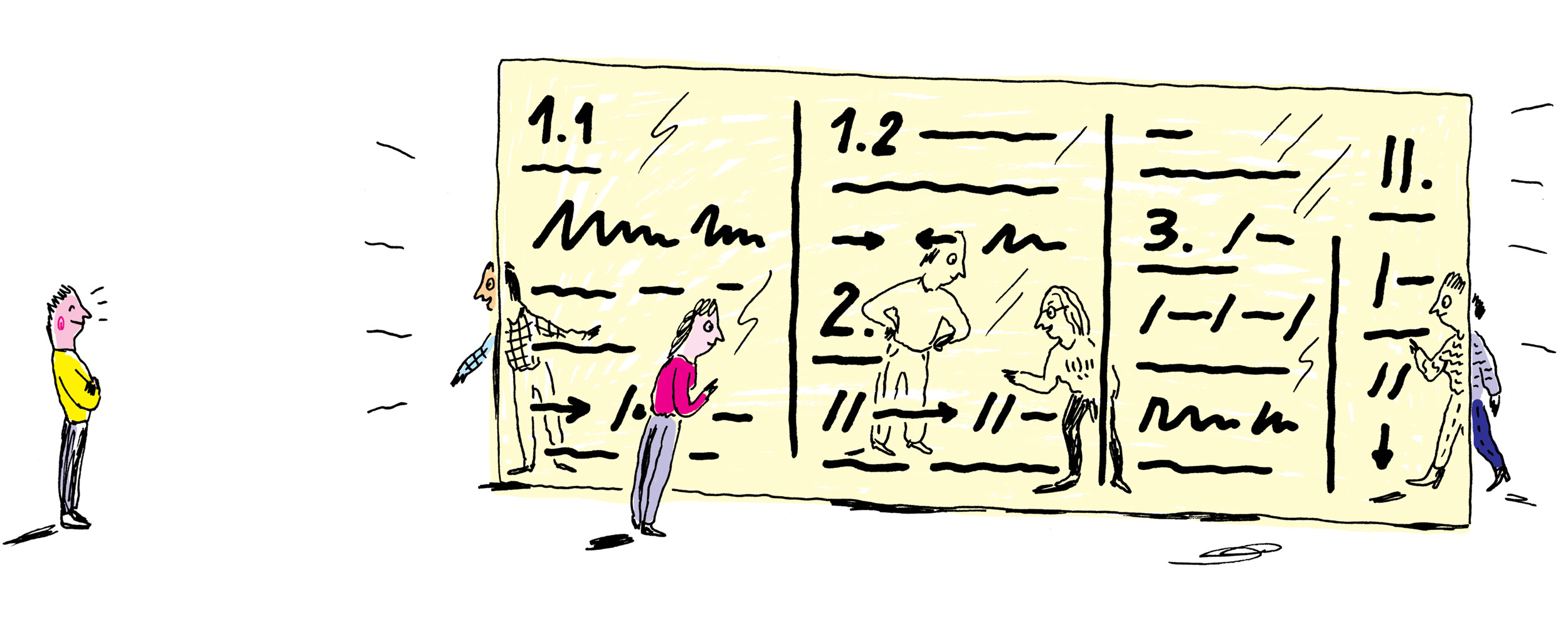Increase your visibility with transparent data
WORK SHEET 7

You want to be cited? Then you may be interested to know that articles with published research data are cited significantly more often than comparable articles where the corresponding data are not published. This has been shown by numerous international empirical studies. The availability of data used for a publication helps you to be noticed in your community. Publishing your dataset on Open Science Framework , the “all-purpose” tool, is a good start.
Duration 2 to 3 hours
Before you publish your research data, you need to ask permission from all your test persons. Have them sign a declaration of consent. A template can be found here.
If you are working with sales figures, foreign trade statistics, BIP or other statistics, you can skip this point. Instead you need to clarify if and how you may publish the data you used (e.g. all your raw data without restriction or your analysis dataset).
All primary data that are necessary to replicate your results must be made available. As a first step, anonymise your data (delete variables, aggregate etc) and prepare your code book by describing your variables and the path to your dataset (e.g. sub-sample of dataset XY; accessible at institution XY).
Upload your dataset and your code book into your pre-existing project at Open Science Framework.
Create a DOI (Digital Object Identifier) to make your data citable (“create DOI”).
Add the link to the data and code book to your publication.
Checklist
- [*for surveys] Ask participants if I may publish anonymised research data
- Deposit declaration of consent
- Anonymise all data
- Prepare code book
- Upload data file(s) and code book into my project at Open Science Framework
- Create DOI
- Add link to my publication
- Share publication and link with my peers on Twitter, ResearchGate etc.
Congratulations!
Date: September 2020
Questions, comments and notes are welcome at open-science@zbw.eu
